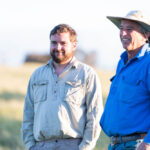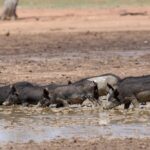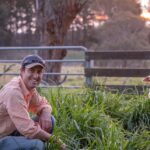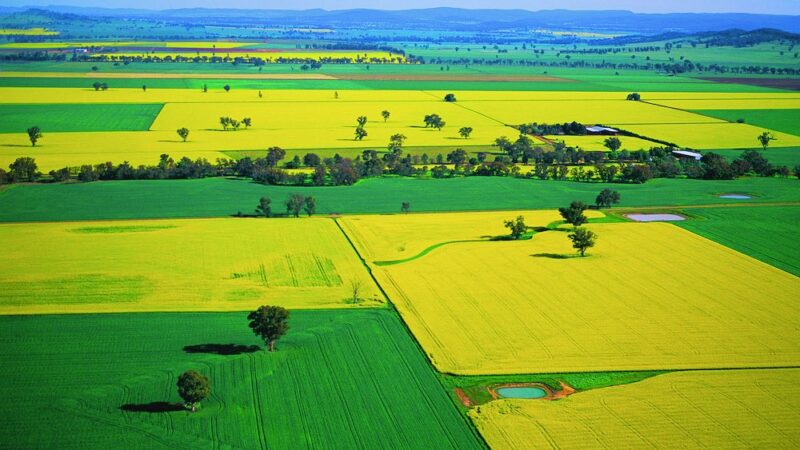These colourful stories show us what can happen when families pull together and work towards…
Target of 87,000 feral pigs to be culled by July
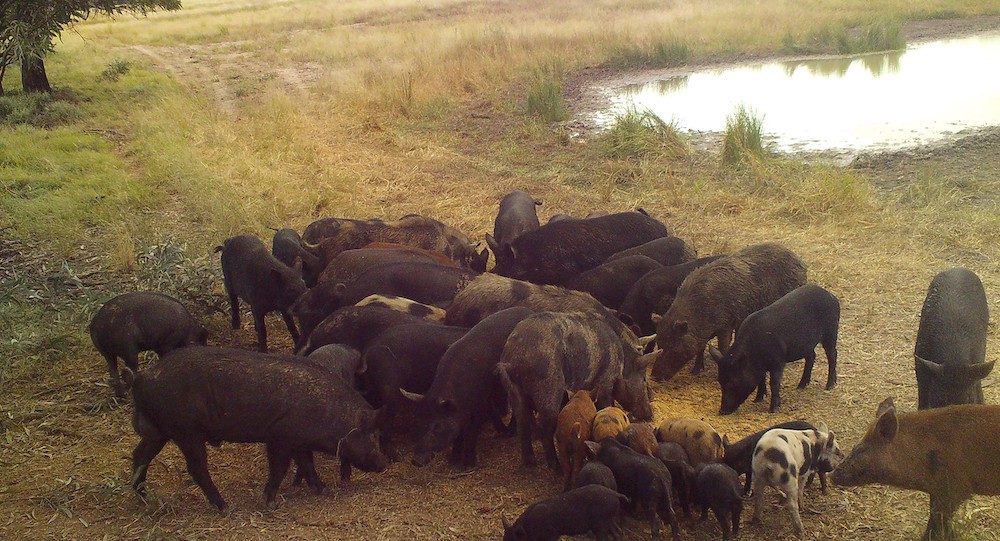
Calls from NSW Farmers members for more resources to combat an explosion in feral pig numbers were heeded at last year�s NSW Farmers Annual Conference. The State Government announced an $8 million boost for a control program that has removed almost 50,000 pigs from the landscape since October 2023.�
The state�s first Feral Pig Coordinator, Bec Gray, is spearheading the charge to reach the Feral Pig Program�s target of 87,000 feral pig kills by July this year.
The coordinated assault from Local Land Services (LLS) and NSW National Parks and Wildlife Service (NPWS) began in October and boasted the culling of 33,277 feral pigs in the first four months.
Central to the program�s success has been the Feral Animal Aerial Shooting Team (FAAST), which comprises a dozen of the best LLS and NPWS shooters plus helicopter pilots and navigators.
�We�ve certainly knocked some pigs down. The figure was up to 47,703 by the end of February (check before print) and that has come from aerial control programs as well as ground control through baiting and trapping,� Bec said.
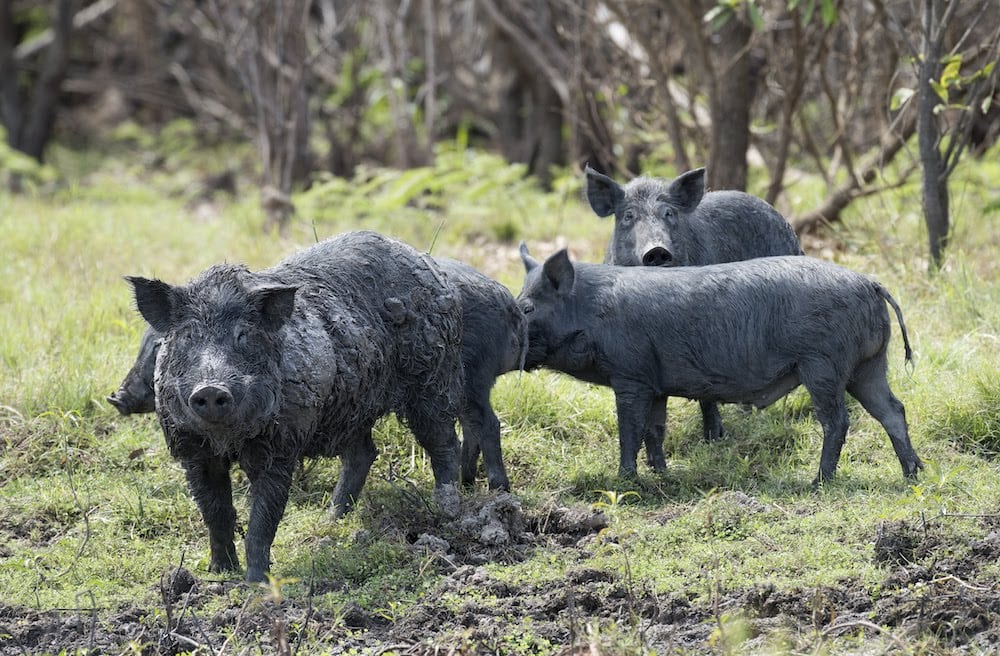
More than 41,000 of those feral pigs were taken out by the FAAST team across 21 different areas of NSW.
�The reasons why aerial control is effective is that it has the ability to get more people involved and to cover a much larger area,� she said.
�We like to support what landholders are already doing on the ground. We have been able to use the program�s funding to support local coordinated control efforts with aerial culling.
Bec Gray, NSW Feral Pig Coordinator
�Part of the program�s intent is to encourage more landholders to get involved in locally coordinated trapping and baiting programs. The effectiveness of the program is really dependent on that.�
The program also has three landscape control zones or hotspots for targeted aerial attacks. These zones have been prioritised based on feral pig densities, high-value agricultural production and environmental assets.
�One zone is down south and covers some of the Riverina, western and central west regions, the second is based around the Coolah region in the central west and the third zone is the north west region.�
Bec said a further 24 aerial culling campaigns will be conducted to reach the target of 87,000 dead feral pigs.
Bumper seasonal conditions across much of NSW has at times hampered the FAAST team�s ability to hunt feral pigs from the air.
�We were expecting to it to be hot and dry and force the pigs to congregate at water points. Those favourable seasonal conditions for feral pigs continued though and that threw our plans out a little bit, but that�s where landholder participation in the program is so important.
�The increased control effort through the program is protecting agricultural crops and livestock. It�s also about protecting the environment as feral pigs are a key threat for 146 different species, and I have seen what they can do to pristine rainforest environments.�
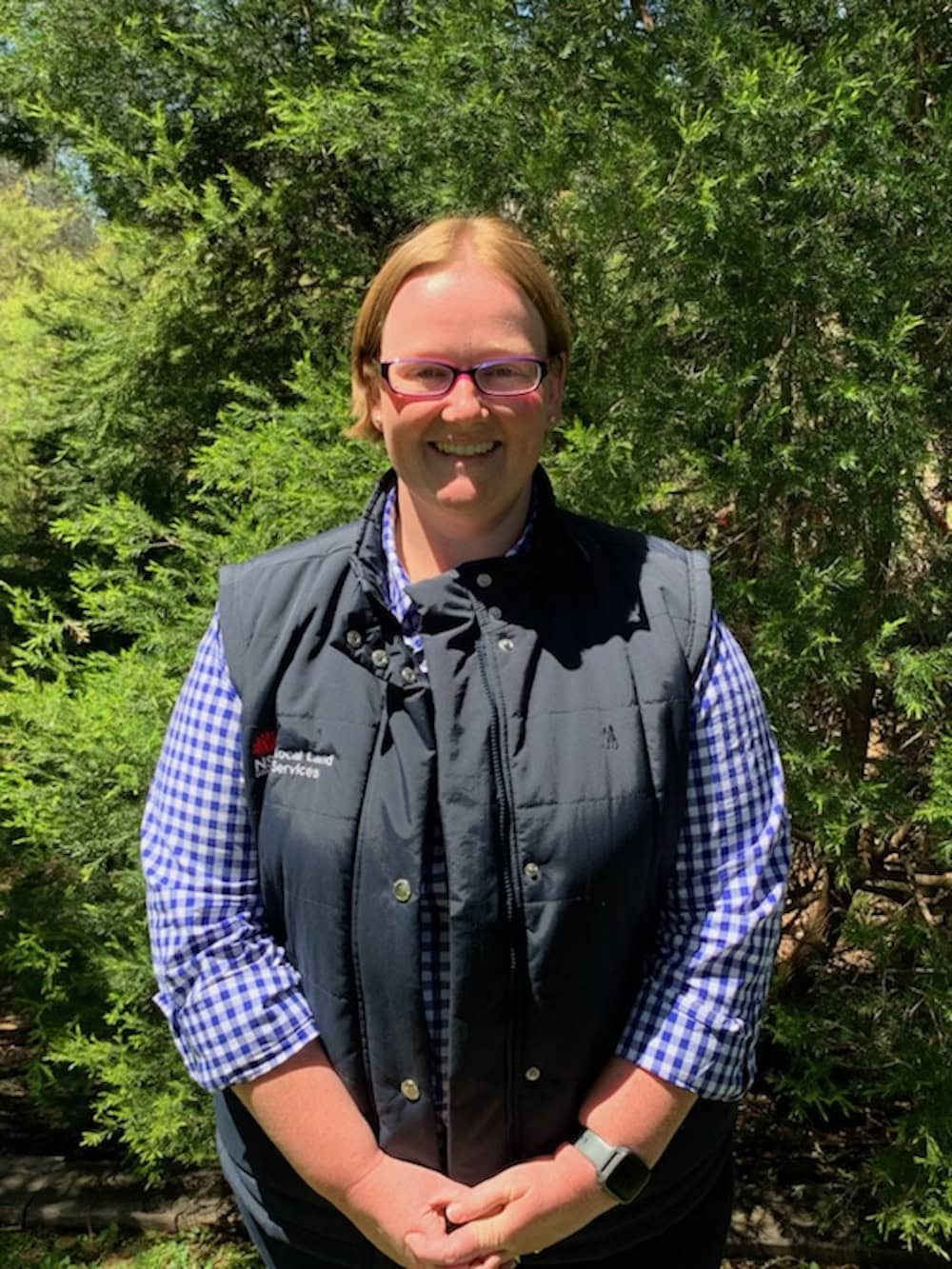
Bec is based in Tamworth and came to the role with 12 years of biosecurity experience at the LLS working with farmers to manage feral pigs and other pest animals.
�The bulk of my previous biosecurity work with the LLS was in the Walgett and Moree areas, which were subject to feral pig damage to crops and the environment. That meant working with landholders on feral pig management was a big part of the role.�
Bec said feral pigs can do enormous damage to a wide range of crops and warned farmers about their impact on pending winter crop plantings like chickpeas.
�Chickpeas will often get hit by pigs at planting. They pretty much come in behind the plant and dig up the seed, causing a huge amount of damage quickly.�
The NSW Government�s spend on control of feral pig populations will total $13 million in the 2023-24 financial year. The one-year Feral Pig Program also includes training events for farmers and covers the cost of treating grain to bait feral pigs for farmers participating in the Feral Fighters program.
NSW Minister for Agriculture Tara Moriarty said more than 2000 farmers have taken part in the State Government�s Feral Pig Program and almost 80,000 kilograms of free bait has been issued.
�Farmer feedback on our investment into the Feral Pig Program has been positive,� Minister Moriarty said.
�This model has proven to be a leading approach to pest animal management, with biosecurity officers and landholders working side by side across private and public land.�
Bec Gray, NSW Feral Pig Coordinator
Feral pig ground assault protects lambs
Southern Riverina sheep farmer Colin McCrabb modernised his ground offensive on feral pigs earlier this year with remote activated trap doors, cameras and baiting stations from key ally, the Murray Local Land Service (LLS).
It has resulted in the trapping of more than 100 feral pigs on his farm in recent months and he has confidence that the pending lambing season will be safe from an invasive and menacing threat.
�However, my biggest fear with feral pigs is the biosecurity threat. They are the perfect vehicle for spreading diseases like foot and mouth and leptospirosis. Plus, I just hate feral pigs,� Colin said.
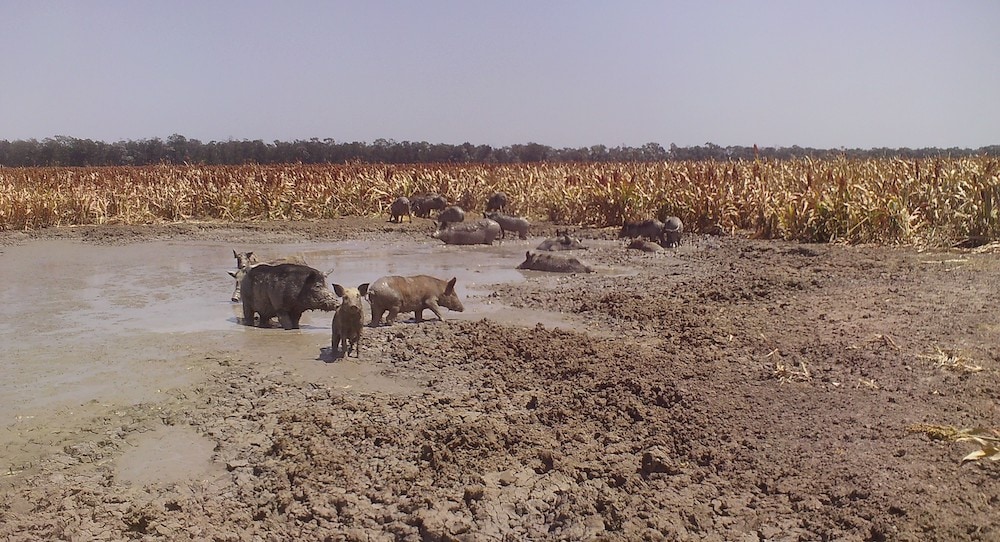
That loathing stems from attacks on lambs in the past on Colin�s 6900-hectare property at Wanganella, which runs two merino studs, a commercial merino flock and a herd of Shorthorn cattle.
�We have had them predating lambs during the drought, and they also got into our rice crops when we grew them back in the early 2000s.�
Colin said feral pigs had not been big on the biosecurity radar in the last decade in his region, but that all changed in the second half of 2023.
�We had a few pig traps that had not been active for a while. I happened to notice a few signs of activity one day last year and got in contact with the LLS. They sent cameras and a phone activated trap door and one of those traps has got 74 pigs since December, which blew me away.�
Another trap on the southern part of Colin�s farm has snagged another 20 pigs and more have fallen victim to strategically placed bait stations.
�We�ve got some active biosecurity officers in the Murray LLS that have been very supportive,� said Colin. �It�s been practical support from local staff that has worked.�
If you enjoyed this piece about the Feral Pig Program, you might like to read about the rise of tick fever in NSW.


